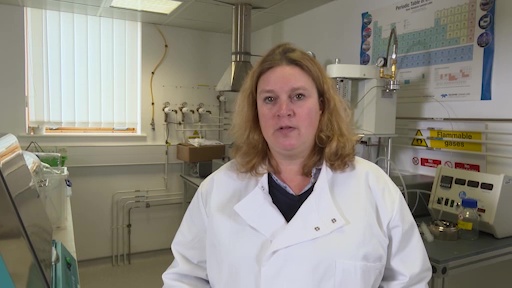Week 5 Bacteria and fungi
Introduction
Welcome to the second half of the course. First, watch Video 1 which introduces what is covered this week.
Download this video clip.Video player: Video 1


Transcript: Video 1 Introduction to Week 5.
HELEN:
Hi, everyone. Welcome to week five, space bugs. All around us, we find that there are microbes and bacteria which could be growing, a little bit like in this Open University microbiology lab, where I've discovered this pretty ucky thing growing here on this Petri dish. Eurgh, I don't know what it is because I'm not a microbiologist.
Nonetheless, when we're in the International Space Station, what's interesting is astronauts have found that some bugs have huge survivability and do grow on the inside of the space station probably even better than here on Earth. We could also use the outside of the space station as an analogue for understanding origins of life in the universe. So we're going to learn all about that this week.
Now, you've been to your own experiment trying to grow pretty ucky things on a piece of bread, and hopefully we're going to look at that piece of bread this week and complete that practical activity. Now, it's not all bad news, because in actual fact, these ways in which we're testing how microbes and bacteria grow can help us here with the fight to bacterial resistance on Earth. There's MRSA on the space station, which we use to understand how to fight those diseases for societal benefits. And also, we're thinking about how to protect planets when we go exploring, places like Mars, the moon, and further beyond. So let's get going and find out how the space environment, and microgravity environments in particular, are helping us in the fight, both with positive and negative space bugs.
Video 1 Introduction to Week 5.
Interactive feature not available in single page view (see it in standard view).
This week you will look at bacteria and fungi, and your results from your bread mold experiment which you started in Week 2 will also be discussed.
By the end of this week, you should be able to:
- understand the key differences between bacteria and fungi
- explain the types of scientific research that can benefit from microgravity environments, focusing on bacterial resistance
- calculate gravitational acceleration on different planets from data obtained by a random positioning machine (RPM)
- reflect on a home-based practical experiment and compare results.
